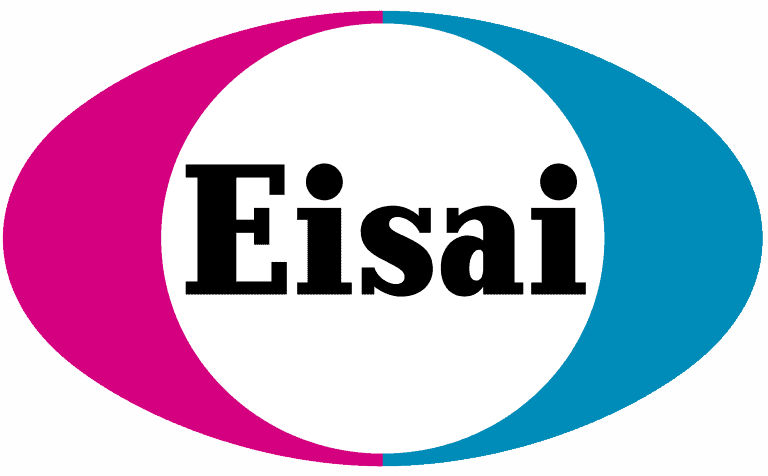In previous posts we have profiled fenfluramine as a recent promising add-on therapy for Dravet syndrome, which not only reduces seizures but also improves executive functioning (behavior, emotions, and cognition). Fenfluramine\’s known pharmacological profile is to bind at 5-HT receptors and enhance the release of serotonin. It is thought that this mechanism is probably insufficient to fully explain the clinical efficacy with regard to seizure reduction and cognitive improvement. This paper describes a study which looked for other activities of fenfluramine.
A literature search identified 47 receptors associated in some way with epilepsy. In vitro assays were performed using isolated forms of these receptors, to determine if fenfluramine exhibited binding to any of them. For the positives, activity assays were subsequently performed to see if fenfluramine binding resulted in an actual functional response at a clinically achievable concentration.
The end result was that fenfluramine was found to bind to, and act as a positive modulator of, the sigma-1 receptor. That is, it was devoid of activity when administered alone, but potentiated the response of sigma-1 receptor agonists. Does this correlate to Dravet syndrome? The sigma-1 receptor is a bit mysterious – it has been implicated in many functions, including cardiovascular, psychological, neurological, and cancer-related. Hundreds of synthetic compounds are known to bind to this receptor, but the natural ligand has yet to be conclusively identified. However, there is a mouse model in which a compound called dizocilpine is used to induce learning deficits, and sigma-1 receptor agonists can reduce these deficits. In the current study, fenfluramine enhanced this effect for a sigma-1 agonist. This suggests a possible link to explain fenfluramine’s cognitive improvement ability.
For designing better, second-generation versions of fenfluramine to treat Dravet syndrome, it will be important to know the ideal profile of activities, so future studies are critical to define exactly what interactions with the sigma-1 receptor are desirable.






